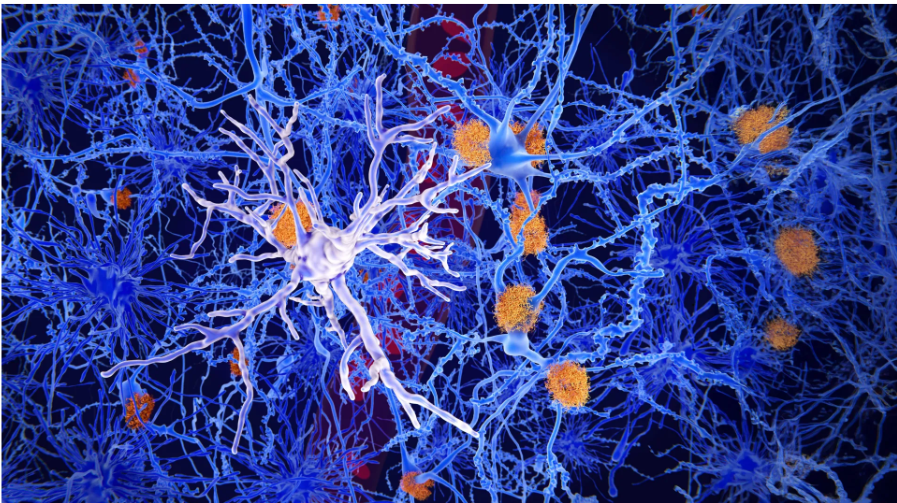



Scientists have discovered a special type of brain immune cell called microglia that can protect against Alzheimer’s disease by reducing inflammation and slowing the buildup of harmful proteins like amyloid plaques and tau. These cells work through molecules PU.1 and CD28, offering a potential new direction for treatment. Alzheimer’s, a progressive brain disorder causing memory and cognitive decline, is a growing public health challenge globally and in India. Governments are responding with awareness campaigns, healthcare policies, and research initiatives, but challenges like high costs, limited access, and early diagnosis remain. The discovery highlights the promise of combining scientific research, healthcare, and policy to combat Alzheimer’s disease.

Copyright infringement not intended
Picture Courtesy: Science Daily
Researchers have found special brain immune cells that can protect against Alzheimer’s disease. These cells, called microglia, help reduce brain inflammation and slow the buildup of harmful proteins that damage memory.
|
Must Read: ALZHEIMER | ROLE OF NATURAL POLYPHENOL IN THE TREATMENT OF ALZHEIMER'S DISEASE | ALZHEIMER’S DISEASE SPREADS FROM HUMAN TO HUMAN | Alzeihmer’s new blood Test | DONANEMAB | |
Alzheimer’s disease is a progressive brain disorder that slowly destroys memory, thinking skills, and the ability to carry out daily tasks.
At its core, Alzheimer’s happens when brain cells (neurons) become damaged and eventually die. Over time, this loss spreads through the brain, shrinking it and disrupting how brain regions communicate with each other.
It involves a mix of factors:
As the disease progresses, people experience:
Microglia are immune cells in the brain. They can either protect the brain by cleaning up waste or cause harm if they become too active.
A research team from Mount Sinai and several international institutes discovered a unique group of microglia that seem to protect the brain from Alzheimer’s damage.
These helpful microglia:
Together, these changes allow microglia to calm brain inflammation, slow the buildup of plaques, and reduce toxic proteins linked to Alzheimer’s.
Using both mice and human brain samples, scientists showed that lowering PU.1 makes microglia more protective.
If CD28 was removed, brain inflammation and plaque buildup got worse — showing CD28’s key role in keeping these cells active and protective.
Complexity of the Human Brain
Targeting PU.1 and CD28 Safely
Understanding Long-Term Effects
Drug Delivery to the Brain
Ethical and Regulatory Challenges
Alzheimer’s disease is a progressive brain disorder that gradually impairs memory, thinking, and daily functioning. Its prevalence is rising globally and in India, creating significant health, social, and economic challenges. Recent discoveries, like protective microglia, offer hope for new treatments, but translating them into safe, effective therapies faces scientific and practical hurdles. Government measures focus on awareness, early diagnosis, care, and research, but gaps remain. Combating Alzheimer’s requires combined efforts in research, healthcare, prevention, and support for patients and caregivers.
Source: Science Daily
|
Practice Question Q. Recent scientific research has identified protective brain immune cells called microglia that may slow the progression of Alzheimer’s disease. Discuss the significance of this discovery in the context of public health and medical research in India. (250 words) |
Alzheimer’s is a progressive brain disorder that gradually impairs memory, thinking, and reasoning. It is the most common cause of dementia, affecting mainly older adults.
The exact cause is unknown, but it involves a combination of genetic, environmental, and lifestyle factors. Key pathological features include the accumulation of amyloid plaques and tau protein tangles, which damage brain cells.







© 2025 iasgyan. All right reserved